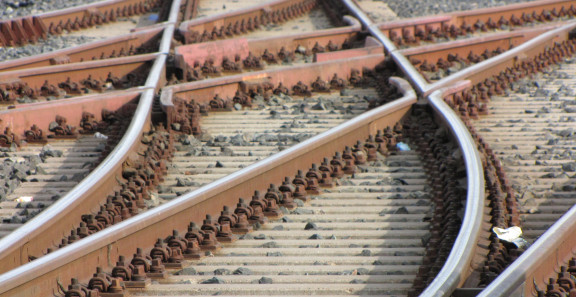Sitowise has carried out the environmental impact assessment (EIA) of the Airport rail line on behalf of Suomi-rata Ltd. The EIA includes an environmental impact assessment of the Airport rail line and its alternative, the construction of an additional track on the main line between Käpylä and Kerava.
- In order for us to be able to carry out the environmental impact assessment, we first had to prepare a preliminary study for the railway project, says Pia Niemi, Project Manager at Sitowise. Many different studies have previously been carried out on the Airport line, but the preliminary study now carried out examined for the first time the location of the vertical shafts and access tunnels needed for the tunnel, in addition to examining the alignment itself.
The preliminary study determined the approximate location and space requirements of the double-track line, basic technical and traffic solutions, the location of the ground surface structures and the relationship to the surrounding land use.
- In addition, Suomi-rata Ltd commissioned a project evaluation of the Airport Line, in which the traffic forecasts prepared were utilized in the assessment work, says Siru Koski, Planning Director of Suomi-rata Ltd.
Effects considered
The EIA procedure is divided into an evaluation phase and a program phase. The assessment program completed in autumn 2022 presented a plan on how the project's environmental impacts will be assessed. The assessment report, in turn, provided an assessment of the likely significant environmental impacts of the project and measures to avoid or reduce adverse effects.
- The environmental impact assessment report was published at the beginning of November 2023. The report was available until the end of the year, when it was possible to give feedback on it. At the same time, public events open to all were organized in the municipalities in the area, Niemi says.
The environmental impact assessment examines the impacts towards the population and people's health, living conditions and comfort land, soil, water, air, climate, vegetation, organisms and biodiversity urban structure, transport, tangible assets, landscape, cityscape and cultural heritage exploitation of natural resources and the interactions between the above factors.
Of the 30 kilometers of the track, 28 kilometers are in a tunnel
The Airport rail line will increase the significance of Helsinki Airport as a nationally significant transport hub and create preconditions for urban development in the airport region. The project will speed up and improve connections between the Helsinki region and other urban regions, which will increase the national and international accessibility of the regions.
The overall objective of the Airport rail line project is to free up the capacity of the main line and reduce the sensitivity to disturbances in traffic in the Helsinki region and nationwide, to shorten travel times to Helsinki Airport and to promote a change in modes of transport from vehicular to rail traffic.
The preliminary study and environmental impact assessment were commissioned by Suomi-rata Ltd. Sitowise's sub-consultant was Ramboll Finland Oy.
